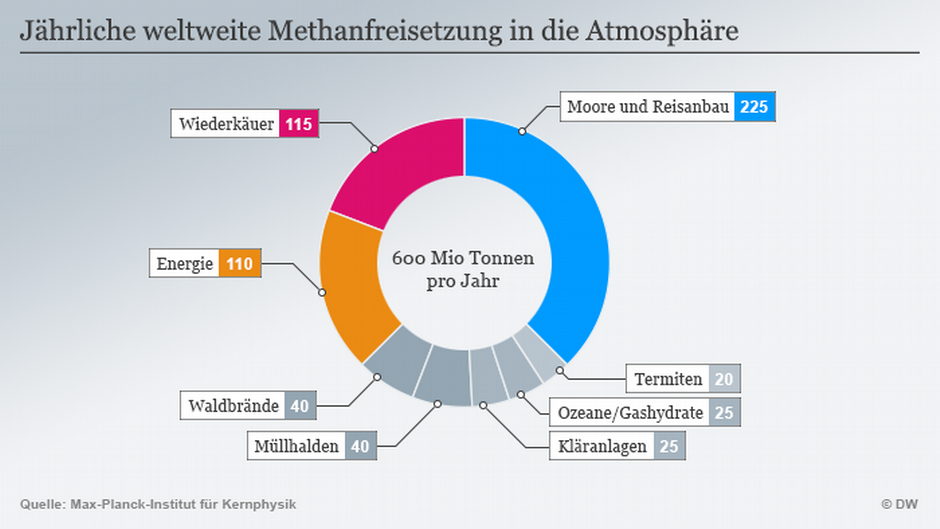One of the reasons more and more people are abandoning meat, especially beef, is the release of methane into the atmosphere that occurs when cattle, sheep and goats digest green feed. Since sheep and goats play a secondary economic role compared to beef, research and policy in Germany focus on beef fattening. Cattle in Germany emitted about 34.2 million tons of carbon dioxide equivalent (CO₂) in 2018. This represents about 50 percent of agricultural emissions or four percent of Germany’s total greenhouse gas emissions. In an international comparison, however, 0.07 percent is not significant, as the Federal Livestock and Pork Association (BRS) confirms. However, it is necessary to reduce emissions because, on the one hand, we cannot exclude any region if we still want to achieve our 1.5°C warming goal, and on the other hand, because methane is more harmful to the climate than methane. Carbon Dioxide. It can store about 25 times as much heat as carbon dioxide, but it also decomposes again after about 12 years in the atmosphere. Carbon dioxide needs 120 years for this. But when we talk about methane emissions, we should mention that the Max Planck Institute offers a variety of sources for methane formation:
This distribution of sources was now the reason why the European Union Commission, in cooperation with the USA, agreed on a “global methane pledge” in mid-September. This strategy will be presented at the Glasgow Climate Summit in November with the aim of persuading other countries to take the initiative. In addition to the European Union and the United States of America, Argentina, Ghana, Indonesia, Iraq, Mexico and the United Kingdom have already expressed their support. According to the European Union Commission, these countries comprise six of the world’s top 15 emitters of methane, and together they make up more than one-fifth of global methane emissions and nearly half of global economic output. As also reported by the Brussels Authority, the implementation of the Global Methane Pledge would lead to a reduction in global warming of at least 0.2 degrees by 2050. In the field of cattle fattening, researchers are working extensively on various approaches to reduce biological formation for methane. It has been found that cattle can also be raised “at home”. Calves learn to do their business in a certain place after only 15 days. This “clo” is equipped with a suction device that collects the methane gas released. This sounds a little crazy, but it works well.
In Austria, the research initiative of Marcher Fleischwerke of Villach and the Federal Higher Education and Research Institute for Agriculture Raumberg-Gumpenstein has provided successes through variable feed formulations. After several months of field testing, they confirmed a reduction in methane emissions in broilers by adding lemongrass feed. Based on a study conducted by the Free University of Mexico, the effect of lemon feed supplementation on the methane concentration in the breathable air of broiler animals was to be studied under Austrian conditions. It was found that the 47 cattle included in the field trial emit about 15 percent less methane during digestion, on average. In the agricultural sector, the United States is working with farmers and ranchers to significantly expand the use of climate-friendly measures on a voluntary basis. Methane emissions from agriculture should be reduced by creating incentives for better manure management, anaerobic digestion, new forage, fertilization and other methane-reducing practices. We hope that all of these efforts will in fact lead to large-scale practical changes and thus result in more than just research and declaration of intent.

“Alcohol buff. Troublemaker. Introvert. Student. Social media lover. Web ninja. Bacon fan. Reader.”







More Stories
Pun: What is the funniest brand name in the UK?
Venezuela is turning to cryptocurrencies for its oil business
Google Privacy Protection Mechanism: Insufficient data protection